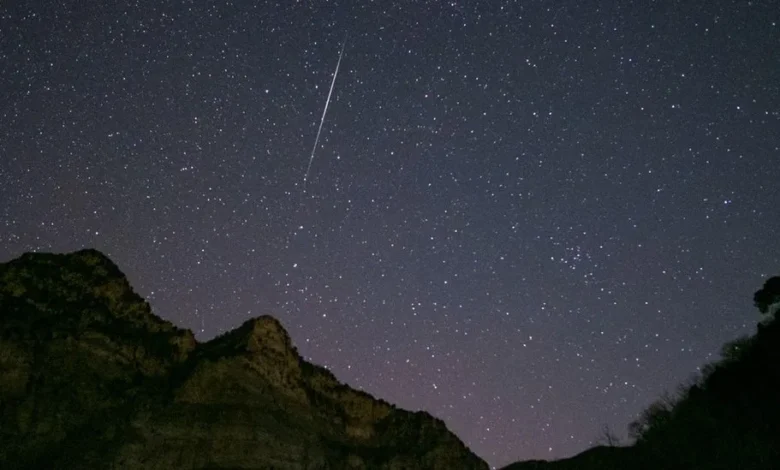Where to watch the Geminids meteor shower

The Geminids meteor shower, famous for its multicoloured streaks of light, will peak on Thursday and Friday.
Visible around the world, they can be seen with the naked eye, though check the weather where you are as it will affect visibility.
In perfect conditions, viewers may spot 100 to 120 meteors per hour.
Nasa calls the Geminids one of the year’s “best and most reliable annual meteor showers”.
Meteor showers are typically caused by a comet, but the Geminids are celestial debris left behind by a rocky asteroid known as 3200 Phaethon.
Meteors occur when the Earth passes through trails of debris from comets or asteroids. As that debris hits our planet’s atmosphere, it burns up and creates spectacular streaks of light.
Why is it called the Geminids meteor shower?
The name Geminids comes from Gemini, the constellation from which these meteors appear to emerge.
The Royal Observatory, Greenwich, says the Geminids are distinctive because of their colours – they can be white, yellow, green, red and blue. It puts this down to the presence of metals like sodium and calcium, adding that this the same effect that is used to make fireworks colourful.
“This meteor shower is just a beautiful night sky event where many shooting stars seem to come from the same area in the sky,” said Dr Minjae Kim, an astronomy and astrophysics research fellow at the University of Warwick.
You can see meteors anywhere in the sky, so it’s a good idea to be in a dark open space where you can see the night sky for the best chance of spotting this spectacular show.
While the display of ‘shooting stars’ is already underway, in the UK the peak of the meteor shower is expected to start around 19:30 GMT on Thursday, 14 December.
Dr Kim suggested downloading a stargazing app to help you know where to look.
“If you can find the Gemini constellation first, it’s a piece of cake to see the meteor shower,” he says.
Other tips from Dr Kim include giving your eyes time to adjust to to the dark, and taking a friend along – that way you can keep your eyes on different parts of the sky.
Don’t worry if you don’t manage to see the Geminids during their peak. Although this is when they’re at their best, the showers will last until 20 December.











